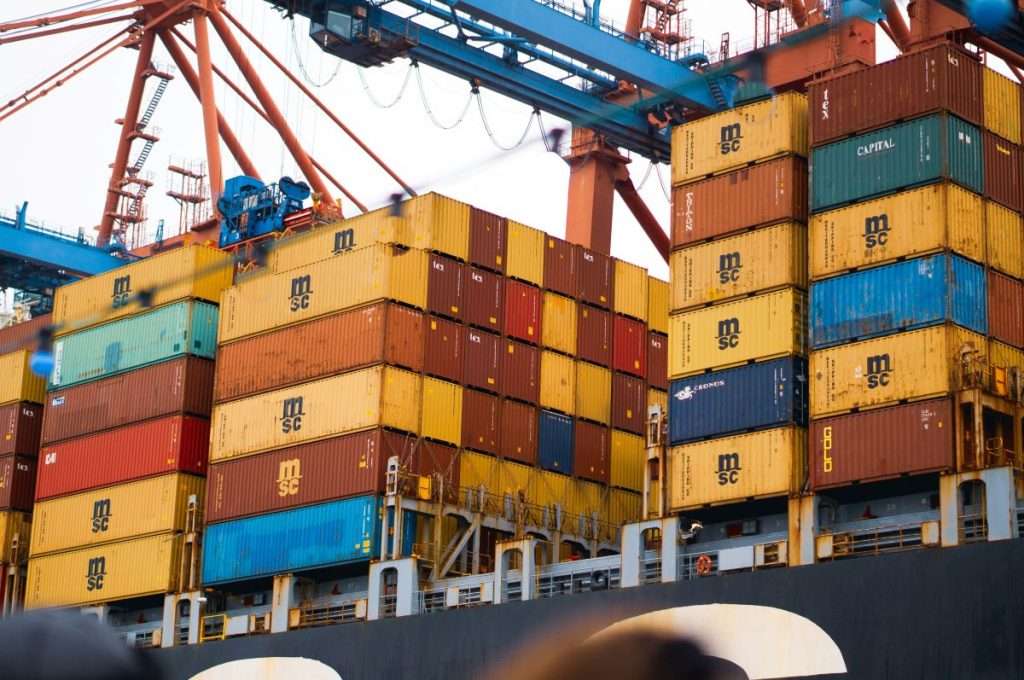The eCommerce boom in Southeast Asia is driving the need for more sustainable supply chains. Companies that align with customer sustainability expectations are reaping the benefits of increased loyalty and revenue growth.
The Sustainability Imperative
The eCommerce boom, accelerated by the COVID-19 pandemic, has significantly altered the business landscape and consumer buying experiences. This shift has placed immense pressure on logistics functions, highlighting the need for more sustainable supply chains. Over half of consumers now expect businesses to be accountable for their environmental impact, and research indicates that companies meeting these sustainability expectations are rewarded with customer loyalty and increased revenue growth.
Adapting for Resilience
Companies that have adapted their business and operating models to meet the eCommerce boom are finding themselves ahead of the race in a changing market. The adoption of technology in transport and logistics has evolved over the past decade, but the pandemic has catalyzed dramatic and rapid change. Many operators have adopted route-optimization to improve customer experience and reduce carbon footprint, while others have reconsidered their fuel types.
The New Normal
The pandemic has forced businesses to rethink their operations, presenting an opportunity to incorporate sustainability into their practices. eCommerce is here to stay, and leading companies need to crack the code around supply chain efficiencies, which will simultaneously reap environmental gains. This could include understanding the cost to serve or exploring the feasibility of multiple smaller warehouses or fulfillment centers in lieu of one large one, to ensure orders arrive on time.
The eCommerce boom calls for more sustainable supply chains in Southeast Asia. Companies that successfully match customers’ sustainability expectations are rewarded with customer loyalty and an increase in revenue growth. This means that businesses must have visibility in their supply chains to trace raw material inputs to last-mile delivery, further underscoring the need for sustainable supply chains.





